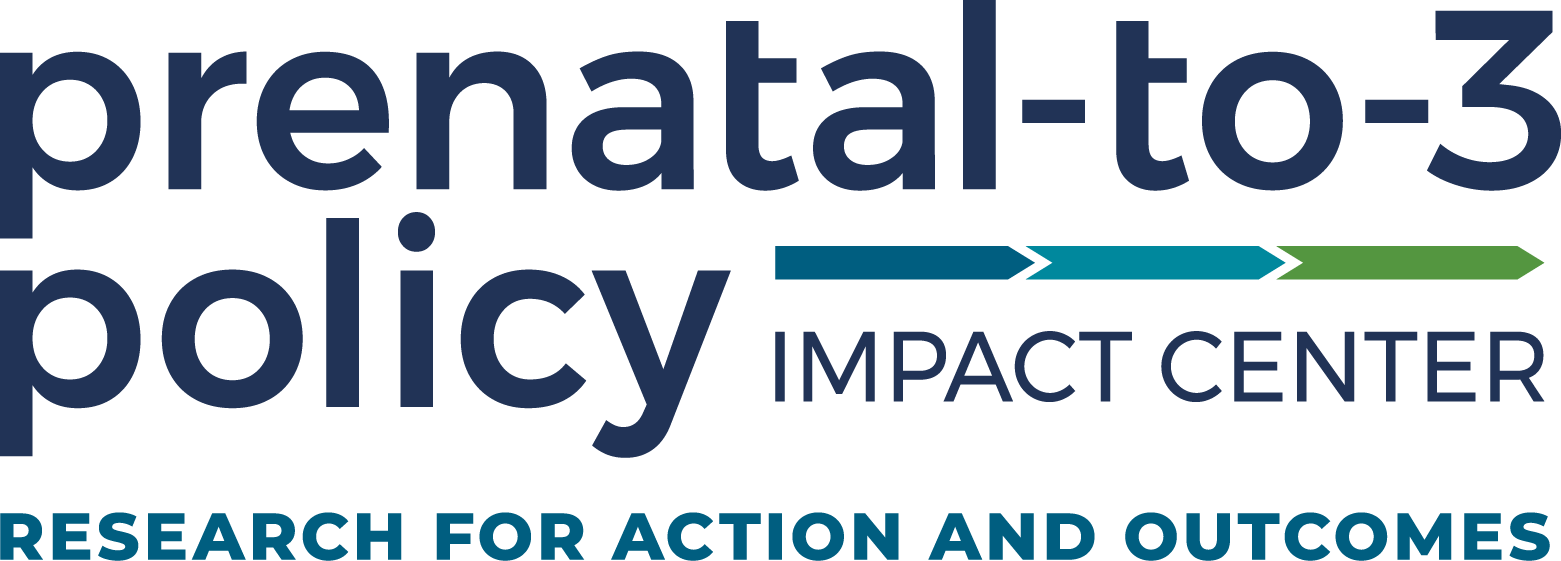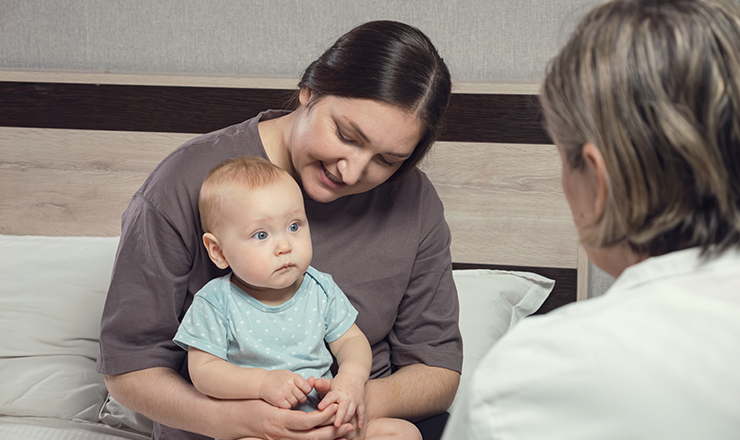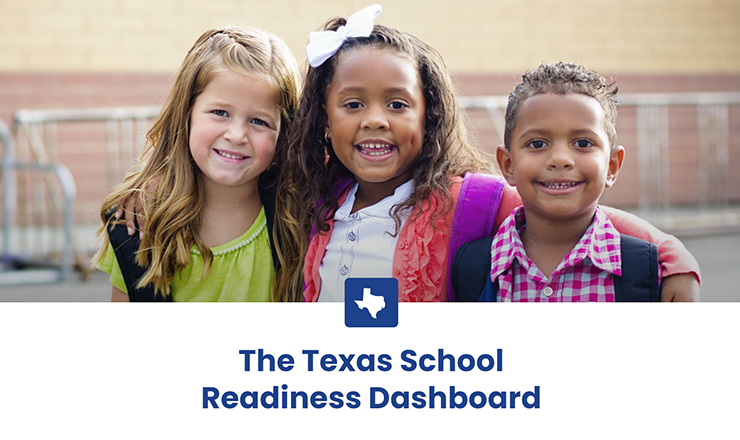Evaluating Texas’s in-kind and monetary assistance during COVID-19
To promote nurturing and responsive parent-child relationships and healthy home environments, states can offer home visiting programs to expectant and new parents with young children. During the COVID-19 pandemic, Texas paired traditional home visiting services with emergency concrete support, including in-kind and monetary assistance. Our analysis finds that this combination may support longer participation and better program outcomes.
Learn how the Texas Department of Family and Protective Services’ decision to allocate American Rescue Plan Act funds not only helped families meet their basic needs, but also promoted home visiting program engagement during unprecedented times.
© June 2024, Prenatal-to-3 Policy Impact Center, All Rights Reserved. The Prenatal-to-3 Policy Impact Center at Peabody College of Education and Human Development, Vanderbilt University aims to accelerate states’ implementation of evidence-based policies that help all children thrive from the start.



